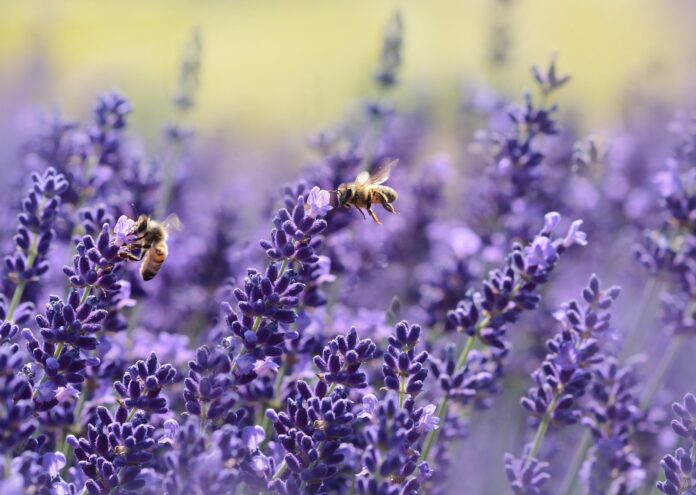An abundance of bee boxes have been set up to provide homes as the creatures come out for spring. But they aren’t for the honey bees we tend to think of.
The bee boxes, set up by the Town of Comox, are now out to provide homes for mason bees. The little black bees are the first to come out for spring, ahead of the honey bee, and are very important to the local ecosystem, according to Nanaimo Food Share food coordinator Jennie Wharton.
“They’re actually native to our ecosystem,” said Wharton. “What they provide is pollination and biodiversity. We require them, but their population is dropping drastically due to development, herbicides and lots of spraying that’s going on.”
The main difference between honey and mason bees, aside from their looks, is that honey bees were imported from Europe. She adds that their focus is a bit different from that of the honey bee.
“They collect pollen instead of nectar, like the honey bee. They’re on a mission for pollen to procreate,” she said. “Basically one mason bee can do the work of 100 honey bees with the pollination of the plants. So they’re very important to have.”
Honey bees on the other hand start their production and pollination process later on in the spring, and their goal is to create food so they can survive through the winter.
Despite their invasive species status, honey bees are used for pollination purposes as they can be used in a variety of locations.
“The reason honey bees are kept in an agricultural sector today is the work it does as a pollinator,” said Gerry Rozema, executive director of the Comox Valley Bee Club. “The European honeybee is not the most efficient pollinator, but it’s used because they live in colonies in boxes that we can move around and place them nicely.”
“Even though they are not the most efficient pollinator, they are the most manageable.”
While honey bees are used and are easily moved, mason bees face a population decrease. The bee boxes have been set up but the town and advocates are encouraging others in the community to set up the nesting blocks in their yards, facing east for sunlight.
Wharton says the bees are relatively easy to look after, and the boxes can be homemade or purchased from local keepers.
“Even just creating the home for them attracts the bees,” said Wharton. “After they hatch, they release a pheromone so they know where their home is.”
She adds they’re solitary bees, and don’t require a hive to survive.






